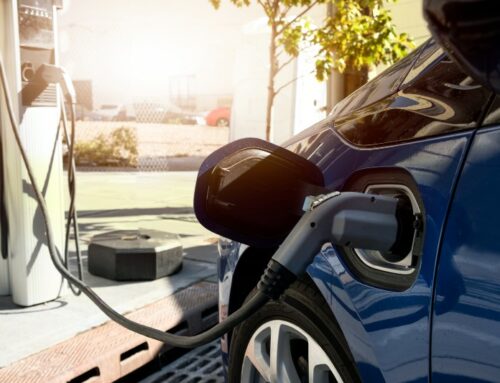DIGITAL disruption is everywhere, and while there’s little doubt that it spells some loss of revenue for traditional car dealerships, it also brings opportunities to profitably embrace the online sales model on their own terms.
While they are setting-up digitally-direct retail channels, automotive OEMs know also that their franchisees offer that trusted point of physical contact for dealing with the highly-regulated sales process associated with purchasing car finance and other F&I products – as well as for the all-important product handover and servicing touch point.
So, as with any period of transition, there are potential downsides and upsides for all parties affected. For dealerships, here are five of each:
Dealer Downsides:
- The transition from combustion engine vehicles to electric and hydrogen fuel cell-powered vehicles creates a world in which servicing – a key area of profitable revenue for car dealerships will be squeezed. Some dealers expect to lose 25% of their profit when oil change and lubricant-based service revenues drain away
- There’s more major disruption for dealers brought about by Mobility as a Service-thinking, as the Millennial Generation (now aged 19-37 years old) demand all-in-one bundled services which can be purchased through cheap monthly subscriptions, rather than today’s own or lease-based models
- More of us are prepared to buy ‘bigger ticket items’ on the Internet. Whereas 12 years ago just 18% of respondents in a Cap Gemini poll said they were likely to buy their next car online, by 2017 that percentage had leapt to 39% of mainstream ‘volume customers’ saying that they would be prepared to buy their next car from all-digital retailers. Head into the emerging markets like China, and that number is closer to 60%, according to the same consultancy
- New tech brands like Google and Tesla have adopted a direct sales model – delivering cars for test drives, and newly-bought cars themselves, direct to your home or workplace. Traditional dealers would be stretched to match this level of direct pre-sales service.
- Even mainstream manufacturers are also toying with direct models. Volvo has decided to adopt a direct model for delivery of its high-end EV Polestar range. And Hyundai launched its own ‘Click to Buy’ digital platform in January 2017.
Dealer Upsides:
- Look closer at OEMs’ ‘Click to Buy’ platforms operating in the UK, and you’ll see they are still positioned to support their franchisees and wholly-owned dealers to generate more sales. These online platforms are arguably playing an increasing role in moving customers closer to a specific brand, and then – as they engage more – helping them decide which vehicle specification customers want, what finance option they might want to buy it, and then finally, which dealership to pick it up at
- Most digital sales platforms also acknowledge the key role of the physical dealership. Their model is still as a sales broker – matching buyer with dealer selling at the right price for that customer, taking a cut for connecting the two parties, and greasing the wheels of that sale
- OEMs are also offering substantial dealer contributions – up to £3,000 for new cars – to help franchisees get sales over the line. They’re also using their muscle to negotiate highly-competitive PCH and PCP financing rates
- Vendors and dealership groups are still investing millions of pounds in the UK right now to build new dealerships, as well as extend and renovate established sites. That investment would simply not be happening if the parties concerned thought they would be out of business in a few years’ time. After all, most EVs still need to be sold and serviced (bearing in mind the ‘transition product’ is a hybrid which still has a combustion engine to service)
- There’s a wealth of help at hand from OEMs and technology providers alike that’s designed to enable dealerships to master digital sales best-practice, and harness what they are doing online to generate more profitable sales.







Leave A Comment